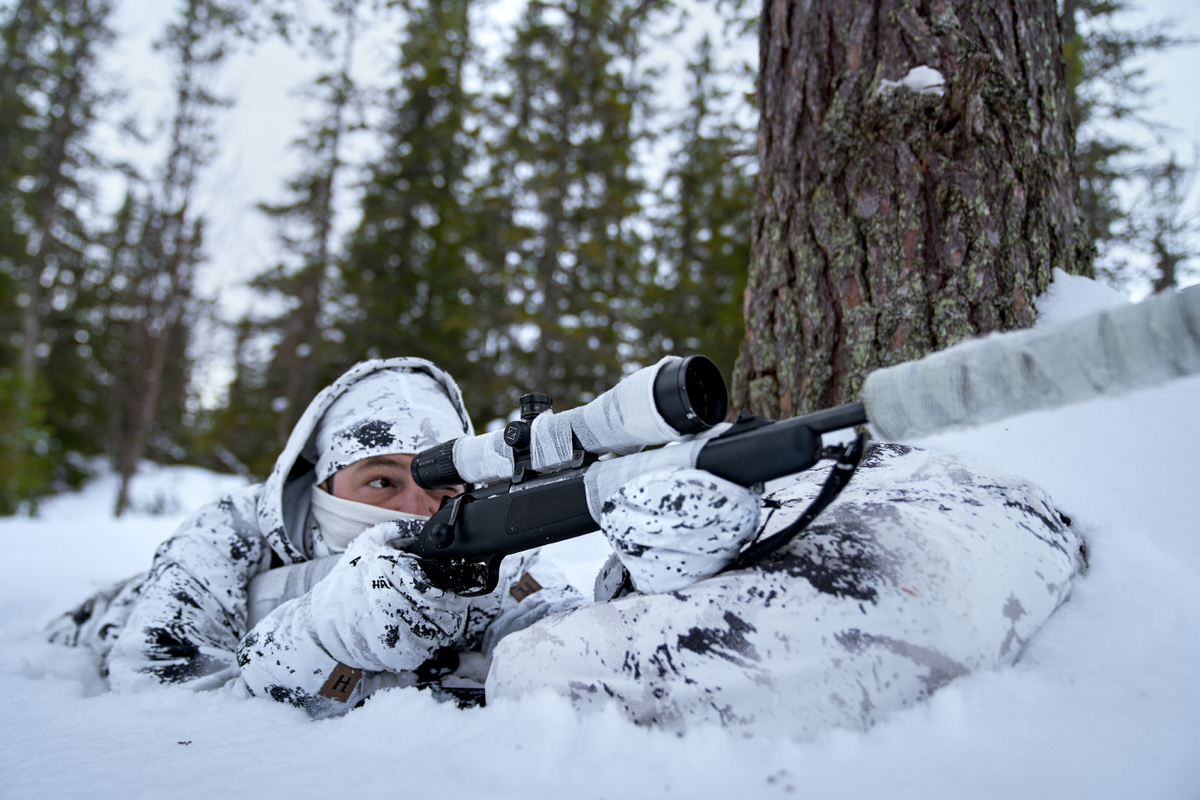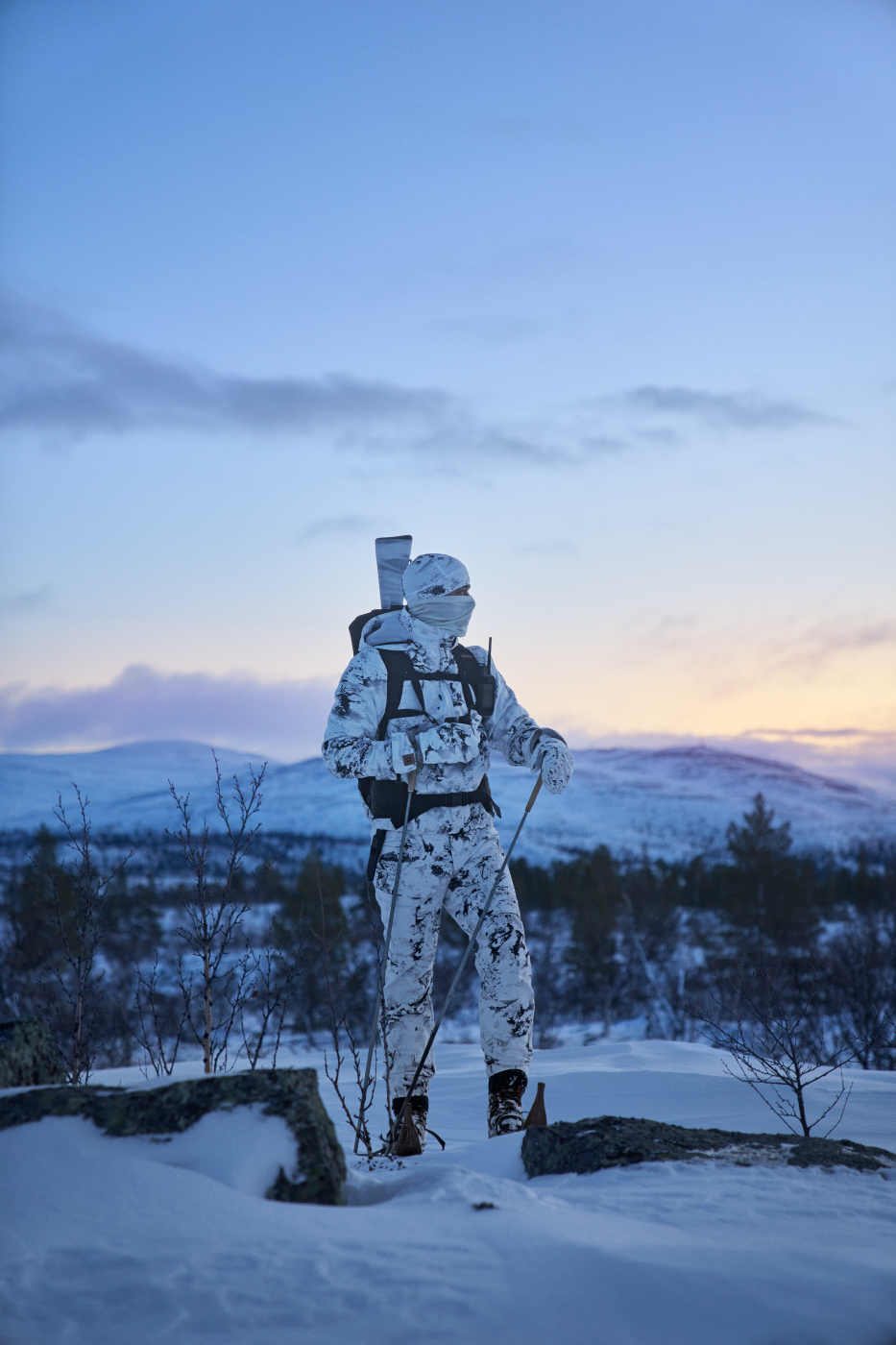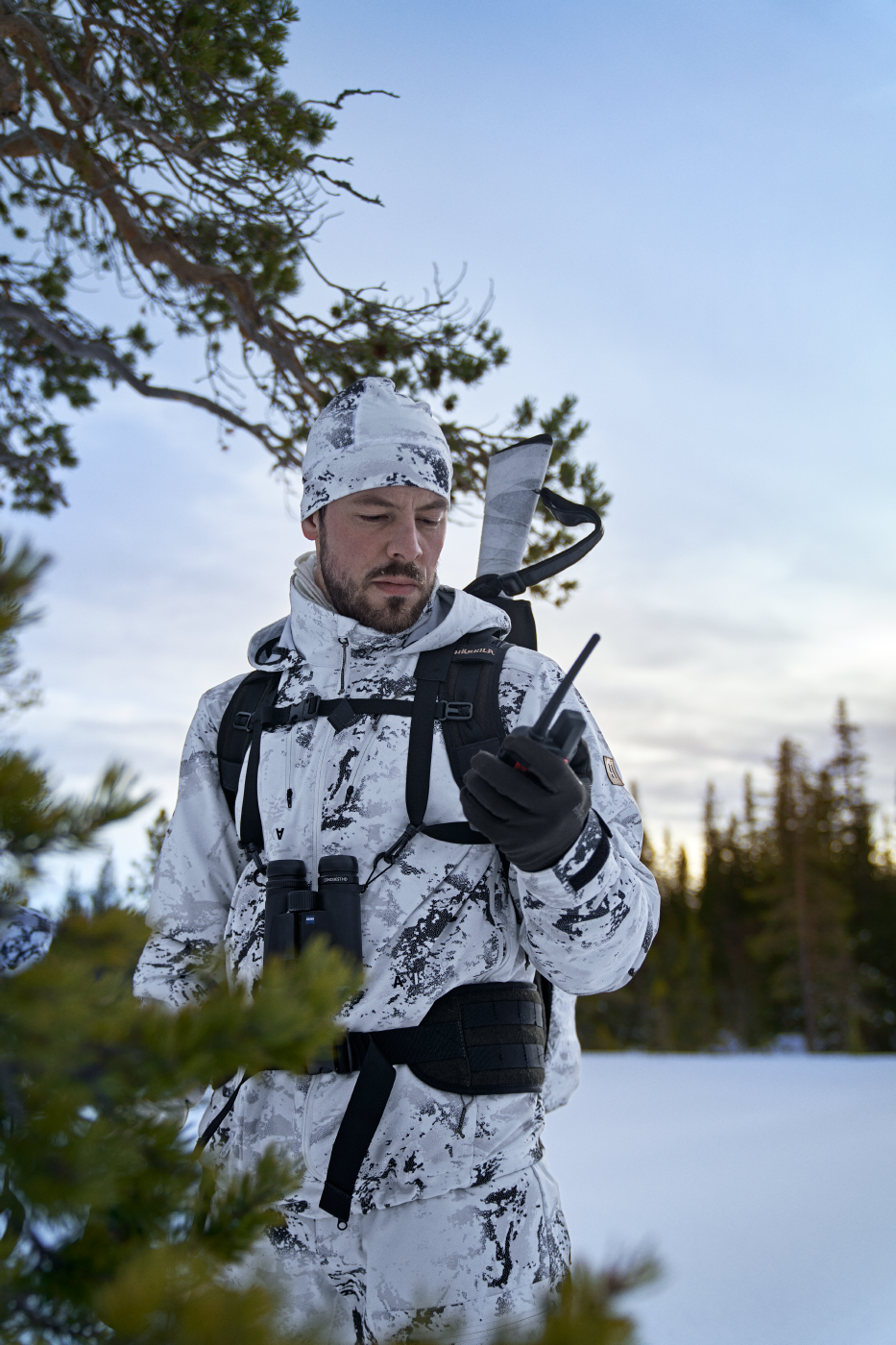Wilderness Adventure
A Winter Adventure: Preparing for a Capercaillie and Black Grouse Winter Hunt
Capercaillie and black grouse winter hunting in Sweden is one of the most challenging and exciting hunts there is. Freezing temperatures, lots of kilometres to cover, short days. What are you waiting for?
Winter hunting for Capercaillies is often no easy task. Conditions are often harsh, with extremely low temperatures downwards – 30 degrees Celsius, lots of snow and great distances/areas to cover on skis. Days are short, and you really want to make use of every minute of shooting light. This makes preparations and choosing the best gear for the task at hand very important.
Perhaps it goes without saying but knowing how to use the gear you bring is also extremely important. You want to travel light but at the same time not so light that you are left without the necessities in a potentially hazardous situation.
You might encounter everything from broken skis to sudden snowstorms during hunting in January. And, in addition, after a successful hunt, you want to be able to carry the game home without breaking your back. A capercaillie isn’t that heavy, you might think. But let us tell you: An addition of about 5 kilos on your back when you have a good 20 kilometres to the hut will take its toll. Not to talk about when you manage to get two or three of these magnificent birds….

Getting the know-how, making the preparations, and researching the area you aim to hunt make all the difference. To help you out, we have put together a guide to the hunt that comes from years of experience. The aim is to give you a serious head start and avoid some of the rookie mistakes that we have experienced ourselves.
Hunting in Sweden
Sweden has both private and public lands where anyone can buy a day permit. Prices vary from about 100 SEK/day to 500 SEK/day. To be allowed to hunt in Sweden, you first must pay the Swedish State Hunting fee. You can do that online at www.naturvardsverket.se, and it costs 400 SEK.
Thereafter you can visit www.natureit.se and buy a permit on available public land areas. Finding private land can be a bit more complicated since there are no detailed maps of private areas that sell day permits. You can ask the regional Swedish hunting association (Svenska Jägareförbundet) office, and they can help you out. Info is found at www.jagareforbundet.se. You can also become a member of this organization. This, amongst other things, gives you insurance during your hunting.
Bringing you rifle to Sweden
To bring your rifle you need to apply no later than 4 weeks prior to entry. Information regarding this you can find at the Swedish customs website www.tullverket.se. Having an invitation from a hunting friend or guide company in Sweden is not mandatory but it will help the process.
You can borrow a rifle from a friend in Sweden for up to two weeks at a time. To do this, you have to have a permit to hold/own a similar gun/rifle in your home country. You can not rent a rifle from an arms dealer.

Where to hunt
Winter hunting for capercaillie and black grouse is not possible all over Sweden. From the county Dalarna and northwards all the way up to the top of Sweden you will find possibilities to hunt.
During wintertime, capercaillies eat pine tree needles. This means that you want to find areas where there is food for the birds. In the mountain areas on the east side of the Scandies you will find areas with vast open marches were pines grow. These places can be hard to find and get to but when you do, its magical terrain to hunt in.
You can also find capercaillies in quite young pine forests. These areas are often hard to hunt because of the dense forest but nevertheless, you need to hunt where you find the birds.
Study maps and contact the local Swedish Hunting Association office. Another tip is to find groups on Facebook for initiated capercaillie hunters. Search for “Toppjakt” and you will probably find some groups.
When to hunt
The capercaillie and black grouse season stretches from 25th of August to 15th of February. However, the winter hunting season starts at the 15th of November and ends 15th of February. During the winter period you are only allowed to hunt the roosters (male birds).
The best time to hunt would be around the last half of January and the first half of February. This is because the light lasts longer, and temperatures might not go as low as in the midst of winter.
Remember that the last hour of the day is often the most productive hour of the day. The birds are often very active during the hour before dark since it is the last chance for them to feed before night.
A nice thing to know is that the birds often dig themselves down in the snow during nights or during hard winds and heavy snowfall. This means that an area can seem empty during the first half of the day and full of birds in the afternoon.
The Gear
When it comes to gear you don’t need any fancy stuff to be successful, but some items definitely have had an impact on your success rate.
Weapon of choice
For this type of hunting, you need a rifle with a high magnifying scope. Shots are often taken on long distances up to 3-400 meters depending on your skill.
You can use any calibre from 22 WM and above. We prefer the 6,5x55, 6,5 Creedmoor or something similar and we shoot with full metal jacket bullets or competition bullets like the Lapua Scenar with a small hole in the point. A soft lead or plastic point bullet will destroy the delicious meat. It is normal to use your backpack for support when shooting but a bipod is not bad to have either.
Binoculars and rangefinder
A steady set of binoculars are a must-have, and, if possible, a pair with built in rangefinder. 8x42 or 10x42 is the way to go. You will spend exponentially more time looking through your binos than shooting so lens quality is important.
The rangefinder is hard to live without once you start using them. Many of the shots we have missed in the past were a result of misjudged distance to the bird. Assessing distance over vast open places and snow is very hard.
Put your binoculars in a harness so the weight won’t tire on your shoulders and neck and so you have easy access to it. Many times, a flushed bird would have been spotted if you took the time to glass properly.
Skis and boots
Choosing skis that can bear your weight and let you float on top of the snow makes covering the land so much easier. You can typically use two different types of skis and which you should choose depends on the amount and type of snow and what kind of terrain you are hunting in.
For deep fluffy snow it’s recommended to go for the long and wide classical wooden skis. But if hunting a hilly area, you should rather go with a lighter modern type of ski with skins (Åsnes or Fisher) to help you climb slopes and such.
Ski boots are essential and keeping your feet warm while at the same time avoiding blisters is important. A boot that has a loose inner shoe made of wool that is exchangeable is recommended. When being out several days in a row it’s nice to be able to change your inner shoe to a dry pair. It is highly recommended that you break in your boots prior to hunting and that you learn what socks to use to get the best possible comfort for your feet.
It’s nice to have ski poles that can be set to various lengths, but it’s not that important. What is important on the other hand is that you have poles with wide baskets. This to be able to put pressure on your poles without them going all the way down through the snow to the ground.

Clothes
Dress up in wool for the inner layers and use the layering principle to adjust for varying temperatures. Changing to a dry inner shirt is a true blessing to stay warm after an exhausting approach.
The outer layer should of course be white. What type of outer shell to choose is of course depending on the weather conditions but preferably a layer in material without watertight shell fabric. This is because it’s rarely wet in January but mostly due to the reason that you don’t want to create a sweat. If you get wet, you get cold.
Bring mittens! A warm mitten is the number one choice. Preferably in combination with a thin liner that allows you to stay warm when needing to take something out of your backpack, using the binocular or while shooting your rifle. Bring two beanies, one thin and one thick as extra which makes adjusting your body temperature that much easier.
In our backpacks we always carry a set of Primaloft trousers and jacket. They are light and warm and nice to use during stops for food and such. Furthermore, we often bring an extra pair of mittens and an extra warm beanie, a buff set of ski googles, a map and a compass. And we never go out without a head lamp.
Backpack
Bring a backpack no smaller than 35 litres so you can fit all the necessities in it that are required, preferably with outer side pockets for easy access to water and such.
An outer game net bag attached to your sack for carrying birds also makes things a lot easier compared to having the heavy bird hanging in a sling. If possible, get a white cover for your backpack.

Food and water
You will probably sweat a lot, so water is essential. Bring a minimum of one litre of fluids for a day: 0,5 litre drinking water in an insulated bottle and 0,5 litre in a thermos. Also a food thermos with hot soup accompanied with a couple of bars and/or sandwiches will keep you going a full day of hunting. And do bring a seat pad to sit on when taking the lunch break.
As you see there are quite a lot of things to take into consideration. But always remember: It’s not the gear that makes you a great hunter. It’s preparations, persistence and understanding that you will never become successful by lying on the couch…
Happy winter hunting!